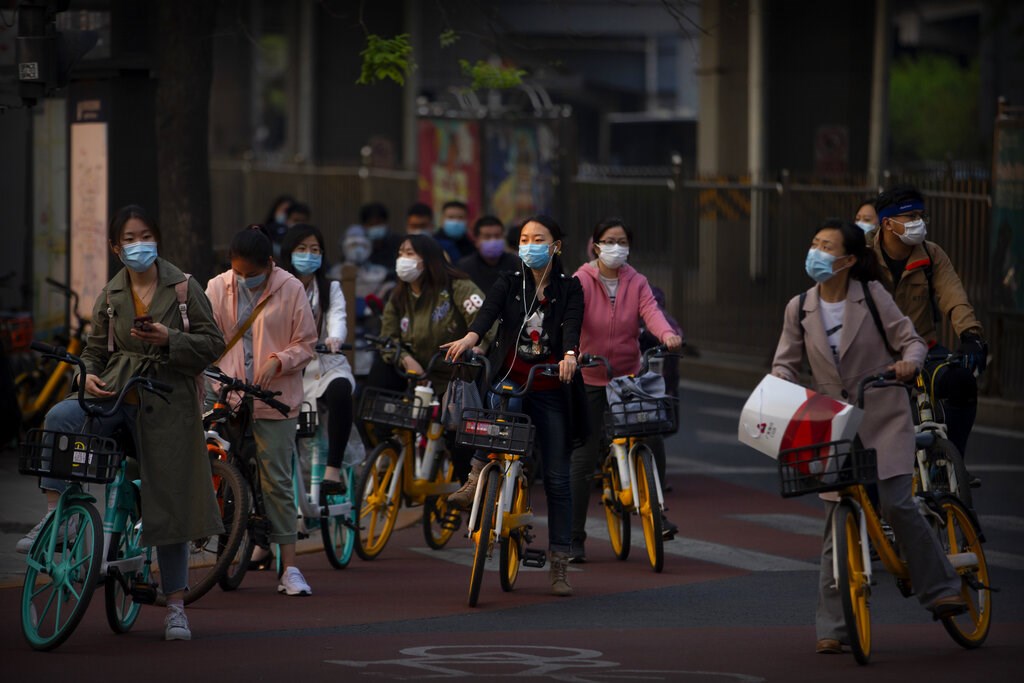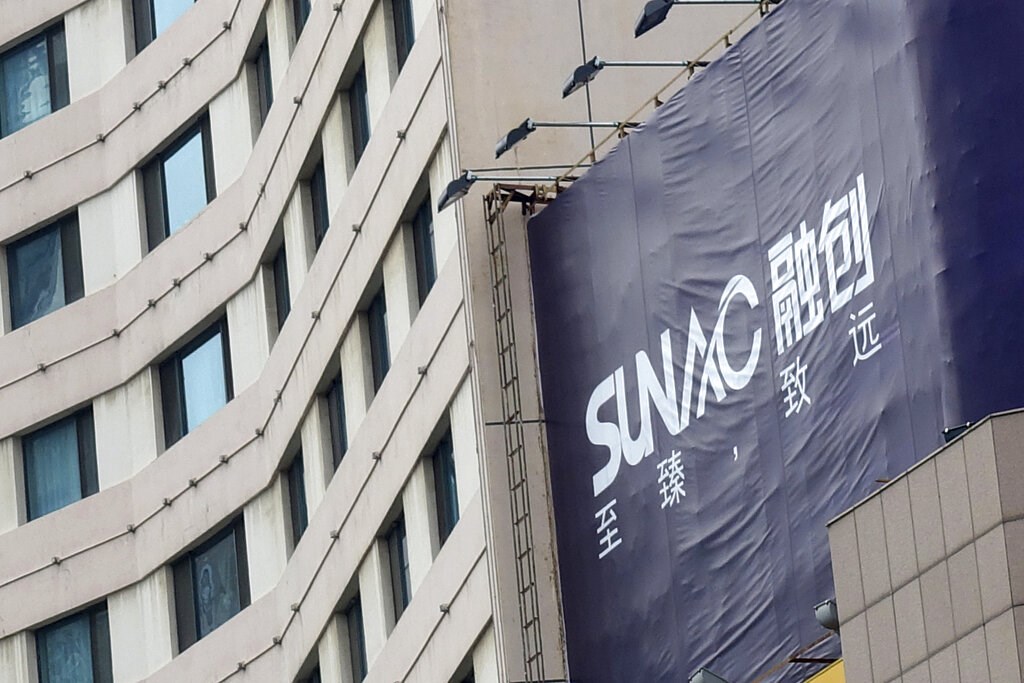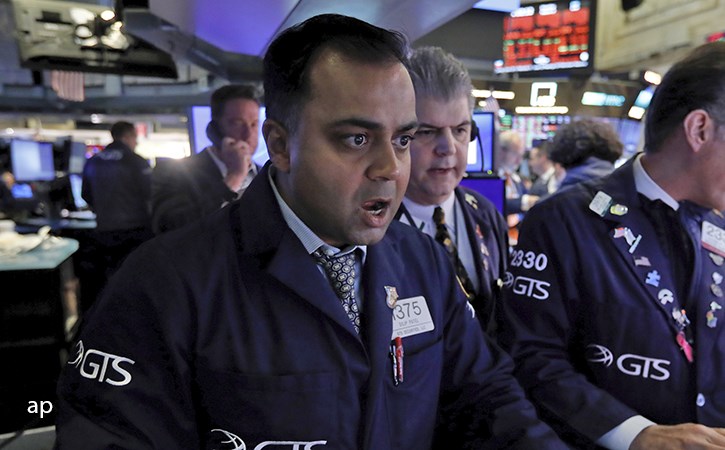
China’s continuing COVID-19 lockdown, that is in place to arrest the spread of the omicron variant of the coronavirus in cities like Shanghai, has caused manufacturing and service activities to slow down, impacting both the economic recovery in the region, and wider supply chains. For the first time, in March 2022 both manufacturing and service PMI readings contracted.
With these headwinds, and muted economic activity, will China take off from there, like it did following the first wave of the pandemic? We don’t think so. Morningstar analysts believe China’s recovery story will be a less rosy one this time around, as different factors are at play.
Zero-COVID Strategy
Globally, many countries have chosen to reopen their economies on the back of high vaccination rates and more effective treatment options for COVID-19. Not so China, which has stuck to a policy of lockdowns and other restrictions. The sustainability of this approach has raised some concerns.
Preston Caldwell, senior equity analyst at Morningstar, says: “We already had a dim view of the economic viability of China's zero-COVID strategy in the face of omicron, but the situation has gotten worse (especially with the severe lockdown in Shanghai) as the year plays out.”
Caldwell has adjusted the growth forecast lower to 3.2% from 4%, even as he says that the previous 4% estimate was ‘already bearish.’ The reason for the downgrade is the several underlying risks in China’s economy: a dip into recession remains a significant risk, given the headwinds from omicron and an emerging trade slowdown. Also the restrictions on mobility have weighed on consumption, and the drag from consumer services spending is believed to be a weighty factor as the sector accounts for 30% of GDP. Real retail sales grew just 1.3% in the first quarter.
Morningstar’s broad proxy of the Chinese economic activities shows a sharp deceleration in growth.
However, Caldwell suggests that the details in the official figures don't add up. "Supposedly, consumer services led the way in the first quarter. But GDP by industry shows weakening services growth, which makes more sense, given the heightened pandemic impact. We suspect that measures to boost small-business lending are a response to the financial pain caused by reduced services activity."
Same Growth Path As 2020?
Recall that China became a ‘first-in, first out’ in recovering from the covid impacts. The country was able to substitute much of the demand that was unfulfilled from the rest of the world. The recovery story from omicron amid a zero-covid strategy might not look the same.
According to Caldwell, as many of the world's economies are seeing consumer spending shift back into services, China's export boom is starting to slow. While Shanghai may not be the heart of manufacturing activities, the city’s lockdown has sent impacts to the overall export performance. It handles one fifth of China's outbound container traffic. “Reportedly, the most severe disruptions have come not at the ports or factories, but in the trucking industry,” adds Caldwell.
Compared to two years ago, the equation of growth for China has a new variable. The property sector has been struggling with debt. A tighter regulation called Three Red Lines was in place to restrict excessive loan growth and refinancing difficulties have more or less led to a string of default cases, with Sunac China (01918) becoming the latest firm that is unable to repay creditors.
“A knock-on effect of a weaker real estate sector is that developers are cutting back drastically on land purchases. This could have a major effect on local governments' infrastructure spending, which has been heavily financed by land sales in the past,” explains Caldwell.
Road to Recovery
To get back on the road to recovery, Caldwell suggests that a pivot away from the zero-COVID policy will be necessary. “We think a pivot will come, but the timing is uncertain.”
“On the other hand, it's possible that China won't take the plunge (and risk a public health debacle) until after March 2023, once President Xi Jinping's bid for a third term is officially secure. Waiting until 2023 will also give China more time to build up healthcare capacity, including stockpiling.”
While consumption is inhibited by the pandemic, another option for China to boost growth rates is to ignite another investment boom, as the country did after the 2008 financial crisis. However, that might prove difficult, as the country has not cleared up the consequences of the last such program. The travails of the heavily leveraged property sector is a fresh example, while an oversupply issue from materials and industrial sectors in mid-2010s was another.
“We expect China to continue to eschew this route, owing to recognition of the long-term negative consequences of the debt-fueled, investment-led growth model,” Caldwell says.











.png)



.jpg)





